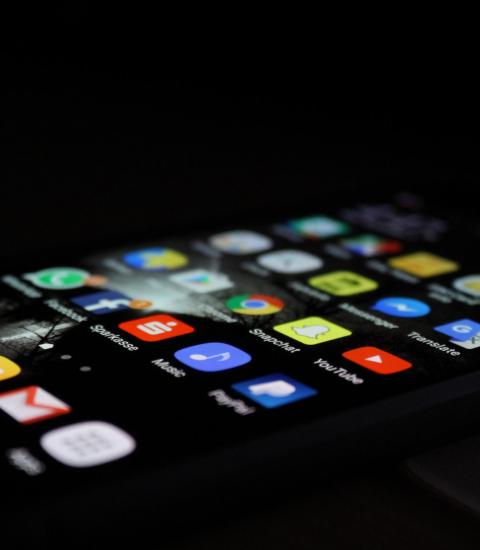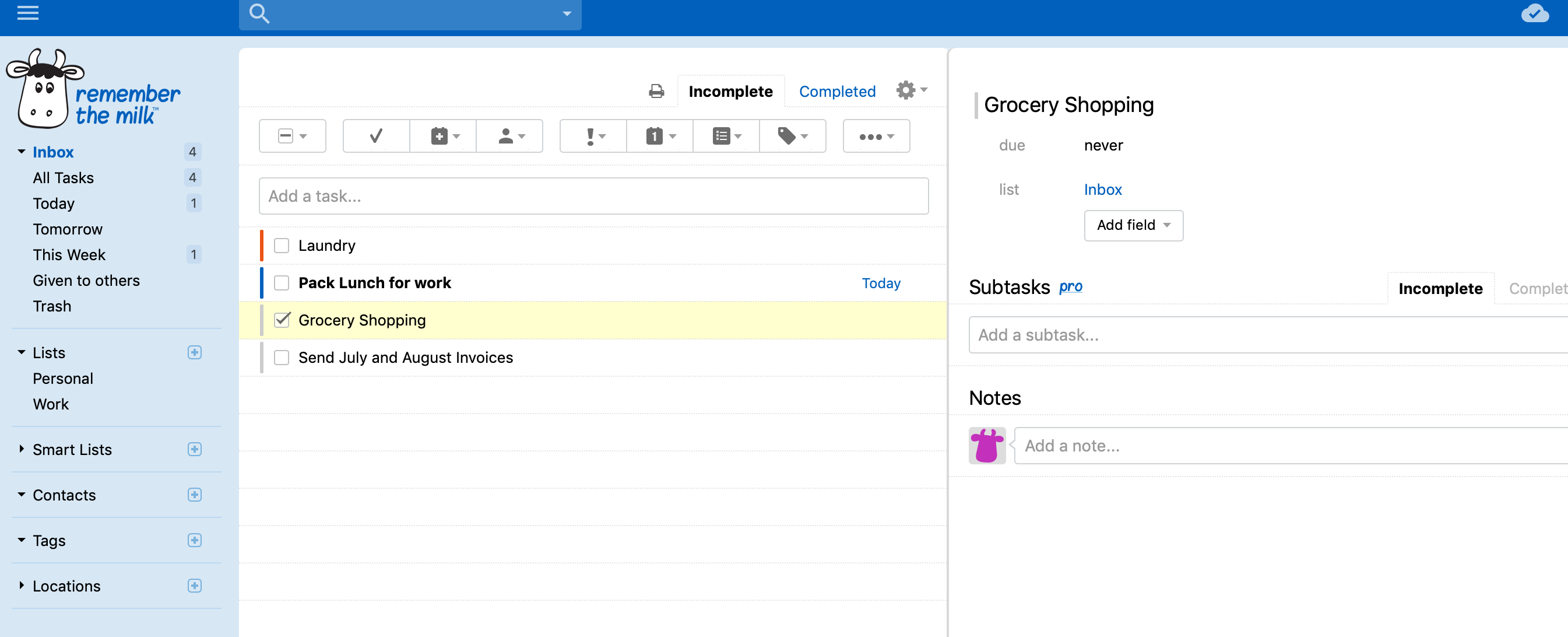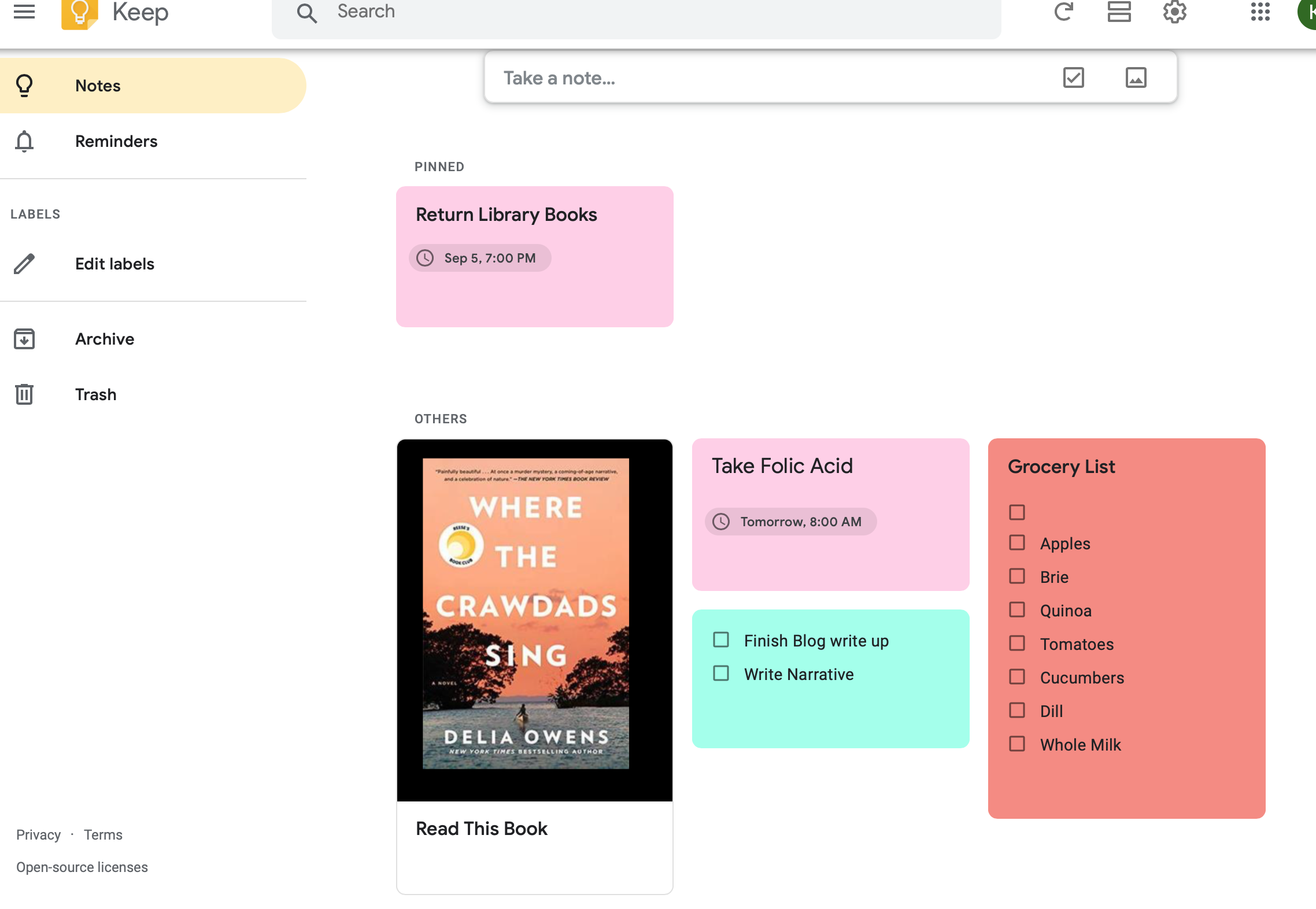
Look around and you see people holding mobile devices like the iPhone, Galaxy, iPad, or Surface, tapping and scrolling through apps, the software programs built in or added to a mobile device. U.S. adults are now spending more time on their mobile devices than they spend watching T.V, according to a 2019 report by eMarketer. With over 2 million apple apps available, this technology has changed the way we see and interact with the world around us, from how we shop for groceries, order a taxi, date, and share family pictures.
The apps and mobile devices that have become embedded into daily life also serve as a new wave in assistive technology that can help individuals with disabilities like my student complete tasks independently. A randomized control trial found that about 5 apps customized by an occupational therapist on a mobile device helped adults with autism spectrum disorder complete work-related tasks and reduced the hours needed from a job coach. Mobile devices have been found to be effective at increasing independence with functional tasks in individuals with intellectual disabilities. College-age students with traumatic brain injuries participating in a program called Project Career, which includes a component of matching apps to the students as one component of the program, reported that this technology was beneficial for improving their quality of life and academic performance. Clearly, the potential for this mainstream technology could be life-changing for many individuals.
Yet, as more apps come out, it becomes harder for people, especially professionals to sift through, find an appropriate app, try it out and see if it works for them. The aim of this blog is to share apps that may potentially help people complete different aspects of their work, including the work-life balance. The overwhelming feeling of window shopping for an app will hopefully be lessened by discussing different features of the app and how it can be used to support individuals with and without disabilities. Through commenting on the blog, I hope people will share apps that they have found useful in their life and professional practice. In this way, we can create a community that can navigate the vast and ever-changing technology realm together.
To kick off this first blog post, I decided to share some ways that apps can help us with our to-do lists. As I finished my occupational therapy doctorate program my cognitive energy was spent on writing and reading journal articles, I found I was suddenly making multiple lists and using my smartphone to remember simple tasks like packing my lunch for work in the morning. Having a system in place for task reminders was important for my work productivity and work completion.
One app that has been used with a transition-age student with autism spectrum disorder to assist with academics and employability is Remember the Milk. This app helps the user create lists, sub tasks within a to-do list, categorize your list according to area. The user can also prioritize the different tasks, set up notifications, and even give tasks to others.

Built in to Apple, the Reminders app is very helpful when you need to set a re-occurring task, like taking a medication or vitamin, or if you need a reminder at a specific location. For example, if you want to have your grocery list pop up as you pass a store on your way home from work. Of course, Siri, Apple’s built-in voice activated personal assistant, can help you with setting up these reminders when you are on the go and/or can’t type in your reminder details. All you have to do is ask Siri to “Remind me to put my lunch in my backpack at 7:45 am tomorrow”. Google assistant can complete similar functions for Android users.
Google Keep, although much more than a to-do list app, it can incorporate images of items or documents for the more visual users among us. Similar to Reminders, you can set up a to-and be reminded at a specific times or location. Color coding and tag features also make it easier to locate lists at a later time. You can also share your notes/to-do lists with others, if you need to delegate a task.

All these reminder apps can act as our own personal assistant, keeping us on track, reminding us of upcoming appointments and meetings. For individuals with cognitive impairments, apps can help replace the verbal reminders to initiate or complete a task. As life-changing as these apps can be, they are only useful if people set them up. I like to think about starting to use these apps as building a new habit. With new habits, it’s helpful to start small, maybe only making to-do lists or reminders for one aspect of your life like grocery shopping then slowly increasing your use for both life and work tasks.
Another important aspect when incorporating technology into your daily life is making sure you like the app. An app’s interface may change the way the user interacts with the app and influence preference. For example, Google Keep often reminds me of paper post-its. That familiarity makes it easier to shift from using paper to using an app-based to-do list.
Other considerations include having another person walk you through the features of an app. For individuals with cognitive challenges, a professional or caregiver may need to initially work with the individual to set up the reminders. Online tutorials, such as this video on Google Keep from Simpletivity and step by step instructions are also available and should be reviewed by professionals who are recommending the apps to others, and may be informative for individuals who are starting to use these apps.
What apps have you used to help with to-do lists? What features do you like or make it easier or more likely to use the app? Please share in the comments and let’s start an app community!
References
Costello, S. (2019, June 24). How many apps are in the app store? Lifewire. Retrieved from: https://www.lifewire.com/how-many-apps-in-app-store-2000252
Gentry, T., Kriner, R., Sima, A., McDonough, J., & Wehman, P. (2015). Reducing the need for personal supports among workers with autism using an iPod Touch as an assistive technology: Delayed randomized control trial. Journal of Autism and Developmental Disorders, 45(3), 669-684. doi: 10.1007/s10803-014-2221-8
He, A., (2019, June 4). Average US time spent with mobile in 2019 has increased. eMarketer. Retrieved from: https://www.emarketer.com/content/average-us-time-spent-with-mobile-in-2019-has-increased
Jacobs, K., Leopold, A., Hendricks, D.J., Sampson, E. Nardone, A., Lopez, K.B…Dembe J. (2017). Project Career: Perceived benefits of iPad apps among college students with Traumatic Brain Injury (TBI). Work, 58(1), 45-50. doi: 10.3233/WOR-172596.
Kim, J. & Kimm, C.H. (2017). Functional technology for individuals with intellectual disabilities: Meta-analysis of mobile device-based interventions. The Journal of Special Education Apprenticeship, 6(1), 1-22.
Schmidt, M.M., Lin, G.M., Paek, S., Paek, S. Macsuga-Gage, A., & Gage, N.A. (2017). Implementing project SIED: Special education teachers’ perceptions of a simplified technology decision-making process for app identification and evaluation. Journal of Special Education Technology, 32(1), 12-22. doi:10.1177/0162643416681160
Tomchek, S., Koenig, K.P., Arbesman, M., & Lieberman, D. (2017). Occupational therapy interventions for adolescents with autism spectrum disorder. American Journal of Occupational Therapy, 71(1), 1-3. doi: 10.5014/ajot.2017.711003
